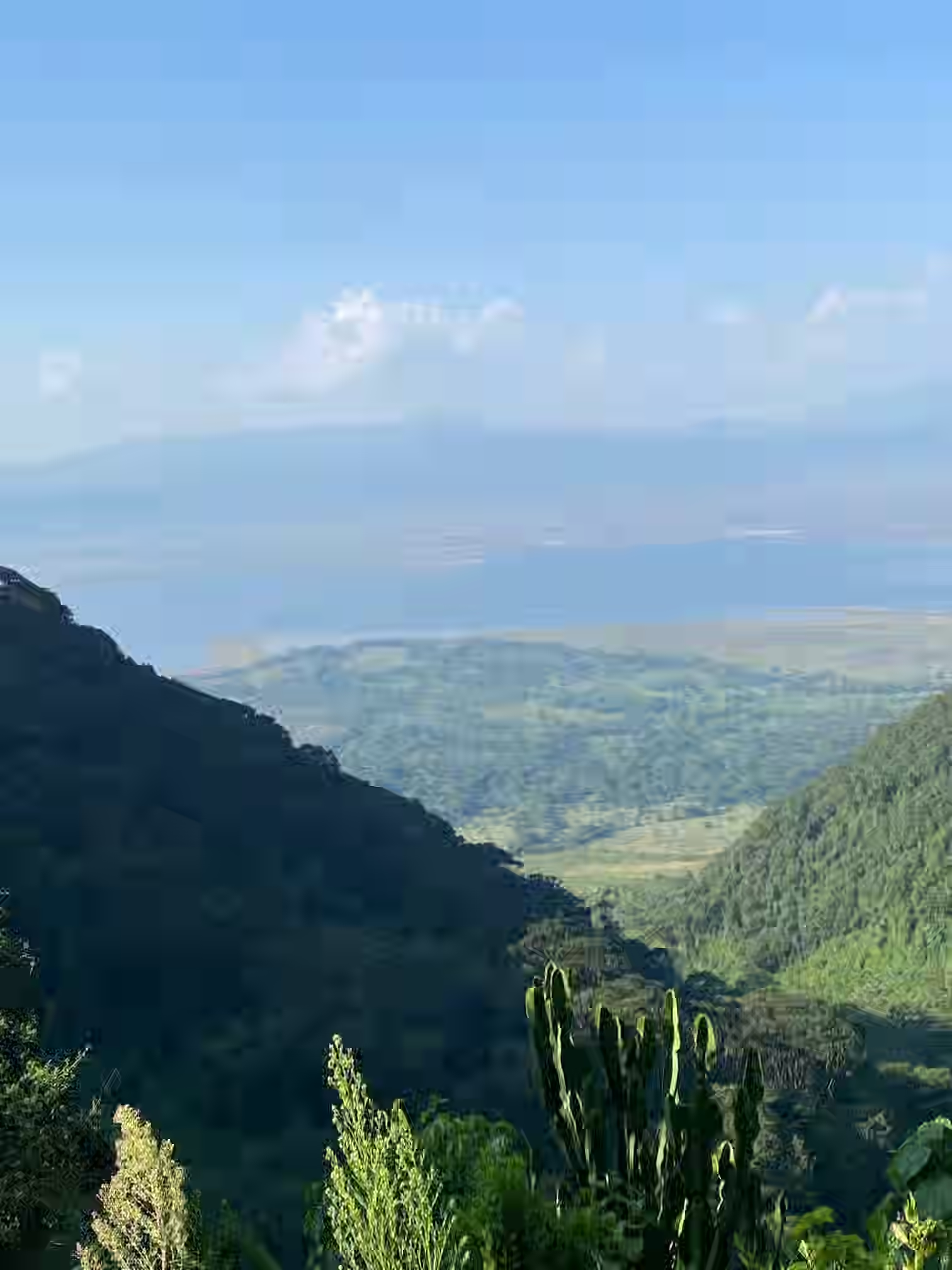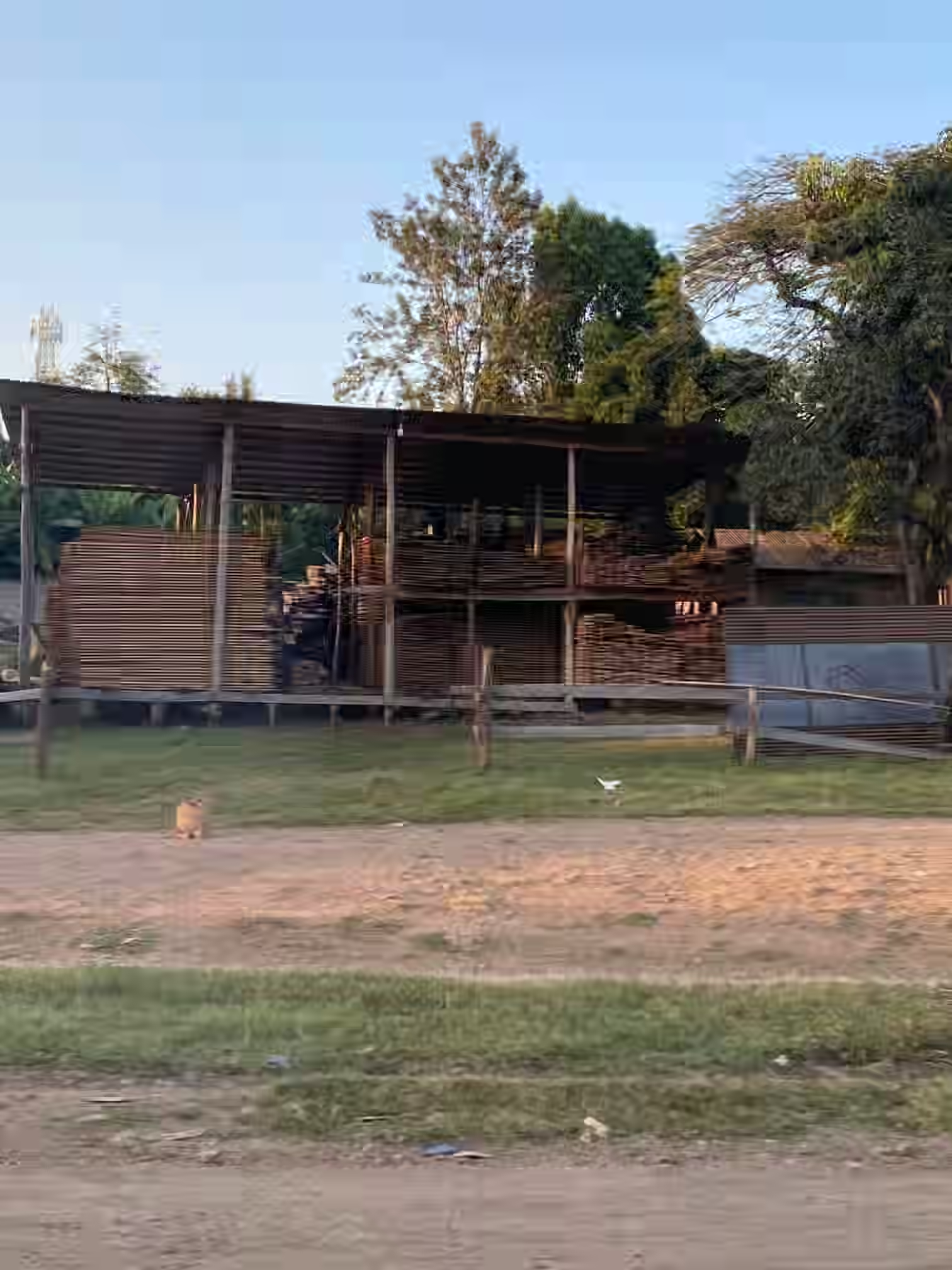Responsibility and the example we set: a reflection on recent travels.
I was fortunate enough to have recently visited Kenya and Tanzania and since returning have been reflecting on privilege and perspective. I suppose the strikingly obvious thing to precipitate these reflections is the economic disparity, with Tanzania and Kenya ranked 31 and 51, respectively, on Global Finance’s list of the world’s poorest countries. Canada is ranked 163 out of 190(1). It wasn’t difficult to see evidence of this disparity in urban centres where modern buildings and infrastructure are juxtaposed with hovels of scrounged brick, wood, and sheet metal, or in areas where generations of refugees have carved communities from temporary settlements.
But it was outside of the cities and settlement areas that my interest was piqued. Aside from the days spent on the savannah and bushlands of national reserves, it was the cross-country travel that intrigued me the most as we traversed the Great Rift Valley, climbed into mountain ranges and descending into craters, listening to our guides share their knowledge about their countries’ histories, politics, geographies, cultures, and resources. Of course, there was some conversation about forestry – and it’s prompted further reflection.
Kenya has only about 8% forest cover, though the south-eastern area where I was is a rich mosaic of grasslands, hillside farms, and mountain forests. Many years of illegal logging has resulted in a 7% average annual loss of forested land since 1990, although the rate is significantly lower than that the last decade. By comparison, Tanzania is about 55% forested land, and has an average annual loss of forested land just over 20% since 1990, with increasing deforestation rates over the last decade (2). For perspective, Canada’s annual deforestation rate is 0.02%. We really do a great job at managing our forest resources as should be expected in a wealthy, economically stable country.
There are many drivers of deforestation in Africa, but a significant portion – about 80% in the case of Tanzania – results from expansion of subsistence and industrial agriculture. Cattle, crops, food and horticultural products, and the reliance on charcoal for fuel contribute significantly to deforestation. Other causes include illegal logging, land degradation, ineffective government policies, and encroachment for human settlement. Increasingly hot, dry periods and excessively wet rainy seasons associated with changing climate amplify the risks for forested lands.
Most countries have long recognized that damaging agricultural practices and indiscriminate logging must be halted to slow and reverse deforestation and they also recognize that climate change is increasing the risk of accelerated damage to forests. And they all agree that more must be done. For the last decade or so the Kenya Forest Service (KFS) has imposed a moratorium on illegal logging in National forests, implementing selective harvesting and strict felling plans, and ensuring only mature trees are cut. Sustainable logging in Kenya aims to balance timber use with environmental preservation by implementing a system to manage and monitor harvesting. Policies like the Forest Conservation and Management Act guide logging activities, involving local communities and companies in sustainable practices, which is a lot like we manage forests here in Canada (4). And it’s been successful, steadily decreasing deforestation rates in Kenya over the last decade.


The scale of deforestation in Canada is minimal by comparison, with the majority attributed to agriculture, non-forest resource extraction, and built infrastructure. Despite the naysayers who would have people believe the forest industry is destroying forests in Canada, the impact the forest industry has on overall deforestation in Canada is minimal at just over 1000 ha per year (or about 2% of total annual deforestation) over the last decade and is largely the result of road infrastructure to access the forest resources (5). Canada is recognized globally for having some of the most rigorous forest management regulations in the world. We set an important example.
Globally, we know that the increased incidence of pest damage, high temperatures, and drought conditions from climate change are literally fueling exponential increases in wildfires that are decimating forests and threatening – or destroying – communities and lives. In 2023 over 18 million hectares of forest burned in Canada alone, accounting for 22% of global carbon emissions from wildfires the same year (6). Countries like Kenya with severely imperiled forests and significant resource challenges have already figured out that protecting their forest resources includes lifting the logging moratorium to allow controlled harvesting of mature and dying trees to reduce fuel load and the threat of devastating wildfires. Several US States are also taking fuel reduction actions to reduce wildfire risks in their forests.
Canada has the third largest forested area in the world – 9% of the total global forest – and is among the top 30 wealthiest nations. Privilege and wealth come with responsibility, particularly when what we do – or fail to do – impacts the global community. One of the most significant contributions Canada can make to decreasing global CO2 emissions is to effectively and sustainably manage more of its forest resources, particularly in high-risk areas. The expertise and skills to do this already exist in our forest industry. It’s time for Canada to implement concrete management actions for wildfire risk mitigation.
That’s my perspective, anyway.
- https://gfmag.com/data/economic-data/poorest-country-in-the-world/
- https://worldpopulationreview.com/country-rankings/deforestation-rates-by-country
- https://kippra.or.ke/sustainable-management-of-forest-in-kenya-through-logging/
- https://natural-resources.canada.ca/our-natural-resources/forests/insects-disturbances/deforestation-canada-key-myths-and-facts/13419
- https://natural-resources.canada.ca/our-natural-resources/forests/state-canadas-forests-report/how-much-forest-does-canada-have/17601
- https://atmosphere.copernicus.eu/2023-year-intense-global-wildfire-activity
